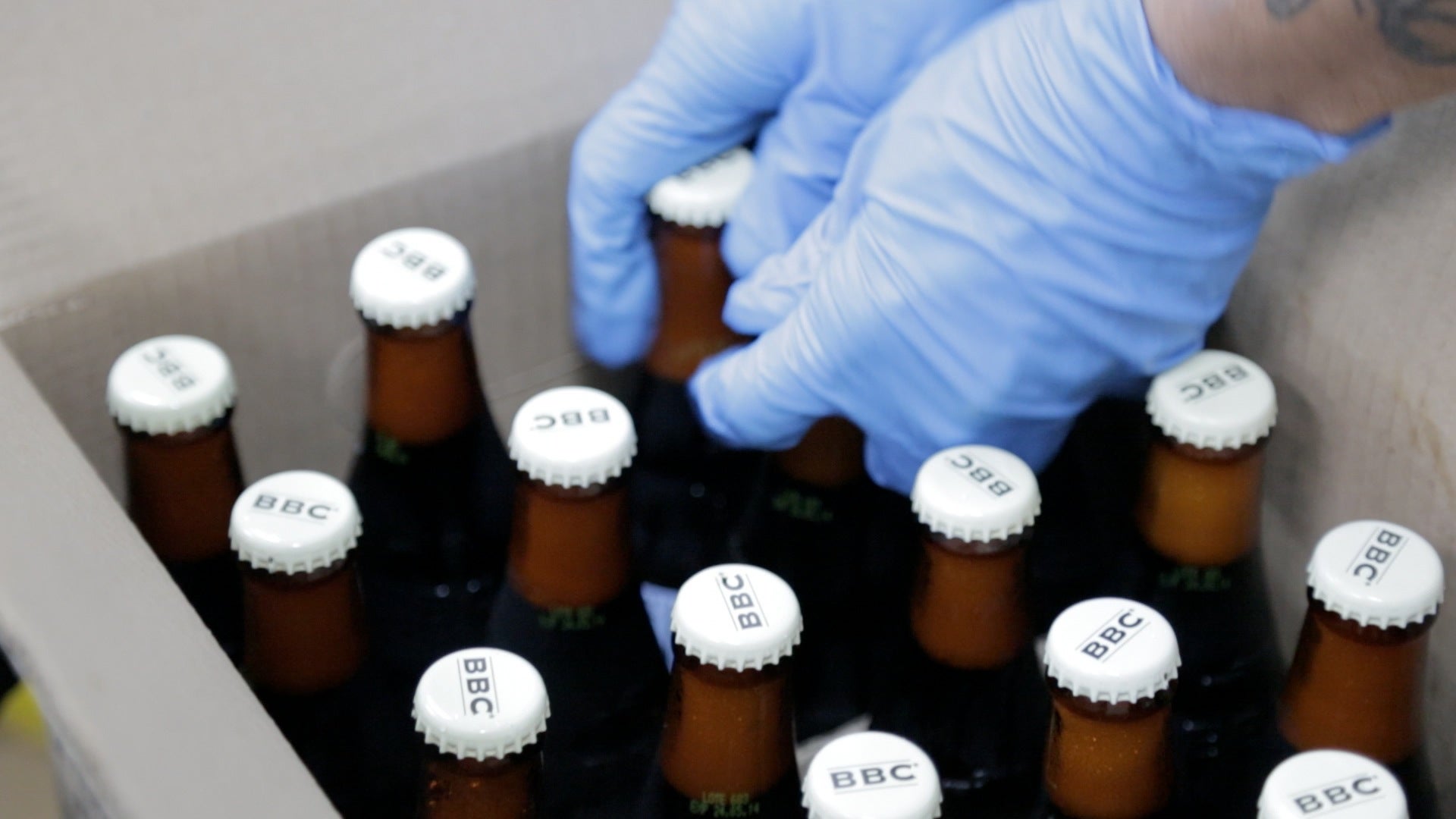Meet the rebels on the front line of Latin America’s brewing insurgency
BOGOTA—When Berny Silberwasser blew $40,000 of his savings bringing second-hand brewing equipment from Portland, Oregon to Bogotá in 2002, he can hardly have imagined what a canny investment it would prove to be. “At that time it was all I had”, he remembers. “We used it for three years non-stop until we had to find a new set.”


BOGOTA—When Berny Silberwasser blew $40,000 of his savings bringing second-hand brewing equipment from Portland, Oregon to Bogotá in 2002, he can hardly have imagined what a canny investment it would prove to be. “At that time it was all I had”, he remembers. “We used it for three years non-stop until we had to find a new set.”
Eleven years on, with a turnover of $17m a year, the Bogotá Beer Company is Colombia’s biggest craft brewer and the country’s second-largest beer producer overall. Now an established presence in the capital, it owns 23 pubs in the city and sells bottles in Bogotá’s supermarkets and cafes. The best-seller—Chapinero Porter (“from an original English recipe”)—won a best-in-category prize last September at the World Beer Awards in London.
Still, Silberwasser’s company is tiny relative to the competition. UK-based SABMiller controls 98% of Colombia’s beer market after taking over Grupo Empresarial Bavaria in 2005, and owns all the country’s best-known brands. It also dominates in Colombia’s Andean neighbors, Peru and Ecuador, and in Central America, and makes a third of its profit (pdf, p.1) in the region. Anheuser-Busch InBev, the world’s largest brewer, controls most of the market in Brazil, Mexico, and Argentina, and nearly half its profit (pdf, p. 2) is from Latin America.
Colombia’s beer business is one of the continent’s most lucrative, with annual revenues totalling $4.3bn. With six breweries and five bottling plants in the country, SABMiller produces 2 billion liters of beer per year, or 42 liters for every person. But Colombians are thirsty for more. As the middle class has expanded, its taste for beer has increased. The country now brews 87.9% more beer than it did a decade ago.
It would be difficult for any new company to compete with that kind of muscle. But as Colombia’s rich get richer, demand is growing for super-premium beers. As wealthy young consumers turn away from the fusty brands associated with their parents, Bogotá Beer Company has expanded its range and opened pubs in the swankiest parts of town.

SABMiller’s arrival to the super-premium party has been unfashionably late. In 2006 it started importing its Italian brand, Peroni Nastro Azzuri. In 2010 it introduced Miller Genuine Draught from America, targeting aspirational 18- to 29-year-olds. But, with trend-setters’ tastes changing quicker than ever, small breweries across the region are catching the multinationals off-balance.
In Brazil, the biggest beer maker now faces competition from around 200 small brewers, up from just six in the mid-1990s. In Mexico the craft beer market is growing at a rate of 50%-60% a year. The country is the sixth-largest beer consumer and its small brewers, many of whom are based in Baja California, are struggling to keep up with demand. Some have even attracted a devoted following across the border in San Diego, arguably America’s craft beer capital.
Ironically, craft brewers are turning one of Latin America’s historic weaknesses into a strength. Malted barley is usually one of beer’s crucial ingredients: During the brewing process the starchy grain turns to sugar, giving the beer its sweetness and color. But the often-tropical climate in the region makes barley difficult to grow. While most brewers rely on expensive imports from America or Canada, a few are improvising by mixing in local starch-rich alternatives like corn and cassava.
With his current brewery now running at full stretch, Silberwasser is preparing to open a larger version in the new year, with 10 times the capacity. He’s also expanding outside the capital; new pubs are opening in Medellín, the country’s second city, and Cartagena, on the Caribbean coast. And though SABMiller’s grip on the market shows no sign of loosening, his glass remains half-full. “When I look at them, I see a company that makes a lot of money,” he grins. “But when people look at us, they see a company that makes great beer.”
Jack Aldwinckle is a freelance journalist based in Bogotá. Follow him on Twitter at @JackAldwinckle.